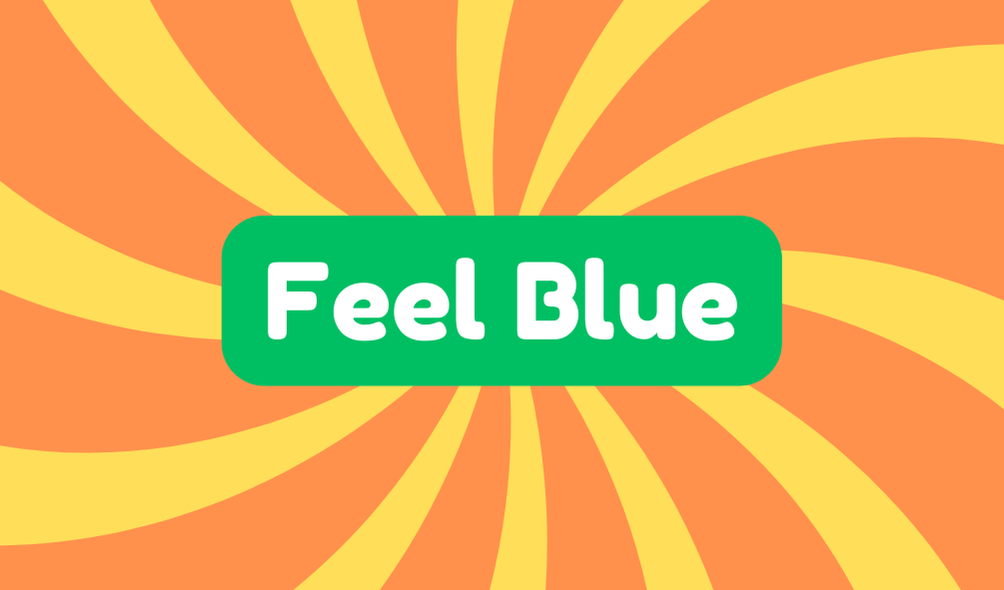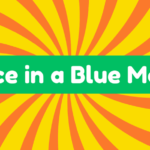When you "feel blue," you're experiencing a deep sadness that dates back to the 1800s. The term originated from sailors who raised blue flags to mourn lost crew members, symbolizing extreme distress. It is often used to express emotions like sorrow or despondence, revealing how common sadness can be. You might say, "I feel blue today" when you're down or struggling with a personal loss. The phrase remains relevant as it connects to mental health discussions, reminding everyone that feeling low is normal. If you think about it, there's a lot more to explore about this universal experience.
Synonyms
When you're feeling blue, you might describe your emotions using several synonyms that capture the essence of sadness and melancholy. It's important to recognize these sad emotions for what they are, as they can manifest in various ways. Here are some synonyms you might consider:
- Sorrowful – This conveys a deep sense of sadness.
- Despondent – Expresses a feeling of hopelessness.
- Mournful – Indicates grief or loss.
- Dismal – Reflects an overall gloomy perspective.
Understanding these melancholy expressions helps you articulate your feelings better. It's essential to be aware that these words, while meaningful, shouldn't diminish the complex nature of your emotional experience. Embracing your feelings can pave the way for healing and understanding, rather than merely labeling them.
Example of Sentences
Recognizing how you feel is the first step toward expressing those emotions. When you're feeling blue, it can help to articulate those feelings using relatable sentences. Here are some examples that encapsulate emotional turmoil and cultural expressions:
- You might note that chronic sadness can disrupt your everyday life.
- Military personnel often feel blue due to long separations from loved ones.
- Conversations sometimes reveal deeper emotions when you're feeling down.
- Personal loss, like a significant friend moving away, might trigger your blues.
These sentences not only give voice to your feelings but also connect you to a broader cultural narrative. While feeling blue is common, it's essential to address these emotions, as neglect could lead to further challenges in emotional well-being.
Origin
The term "blue," signifying sadness, has roots tracing back to the 1800s, reflecting a long history of emotional expression. Initially, it was used in a historical context relating to sailors. When ships lost crew members, they'd raise blue flags, symbolizing their mourning. You might also notice "going blue" referred to those nearing death, highlighting extreme distress. But what's fascinating are the etymological roots; the color blue evolved to express an emotional struggle, not just passing sadness. In a society that often dismisses emotional depth as trivial, it's crucial to interrogate these origins. Understanding the phrase "feeling blue" encourages deeper recognition of our feelings, prompting necessary conversations about mental health and emotional well-being.
Collocations
Feeling blue often emerges in specific phrases and collocations that capture this emotional state. These collocations play an essential role in emotional expression, helping you articulate the weight of daily challenges. Consider these common examples:
- Feel down in the dumps – A vivid way to describe persistent sadness.
- Have the blues – A straightforward phrase conveying a general feeling of melancholy.
- Sing the blues – Often used in music, it reflects storytelling about sorrow.
- Blue mood – A simple term that quickly conveys your current emotional state.
Recognizing these phrases can enhance your understanding of how language connects to your feelings. They serve not just as words, but as reflections of our shared experiences, making them invaluable in moments of emotional struggle.
How to Use in Everyday Language
Using expressions related to feeling blue can help you communicate your emotional state more effectively in everyday conversations. When you openly share that you feel blue, it encourages emotional expression and fosters a supportive dialogue. Don't shy away from using this phrase; it's essential for mental health awareness. Whether you're discussing a personal loss or just a rough day, addressing these feelings helps normalize conversations about sadness. However, be cautious not to overuse it as a catch-all for minor frustrations. Instead, pinpoint the reasons behind your feelings. This encourages deeper connections and understanding. In doing so, you not only articulate your emotions better but also promote an environment where others feel safe to converse about their mental health too.
Why Is It Still Relevant Today?
Relevance endures for the phrase "feeling blue" because it captures a universal experience of sadness that most people encounter at various points in their lives. In today's fast-paced world, recognizing this emotional health issue is vital. The phrase's cultural impact resonates across music, literature, and art, highlighting its significance in expressing emotional struggles. You might find that acknowledging your feelings can lead to healthier conversations about mental well-being. Unfortunately, many still dismiss sadness as mere weakness, ignoring the depth it represents. Addressing the blues through creative expression can foster resilience, encouraging you to seek support rather than suffer in silence. By understanding "feeling blue," you not only validate your emotions, but you also open the door for meaningful connections and recovery.







